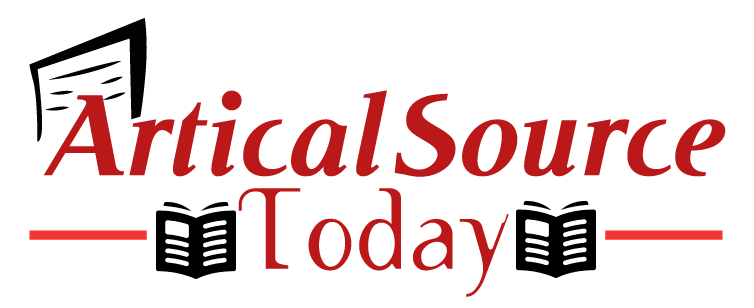How Consulting Arborists Help in Disputes and Court Cases
A quiet neighborhood dispute over a leaning tree might not seem like a matter for legal experts until property damage, boundary lines, or personal safety are at stake. At that point, emotions run high, and opinions aren’t enough. That’s where a consulting arborist becomes a powerful asset. Not only do they understand the science behind tree health and risk, but they also know how to translate their knowledge into professional documentation and courtroom-ready reports. Their voice can bring clarity when trees become points of contention.
Legal cases need more than tree knowledge
When trees are involved in legal or insurance claims, evidence must be both scientifically sound and clearly presented. A consulting arborist is trained to conduct objective assessments that hold up under scrutiny. Whether it’s a case involving a fallen limb, root damage to a foundation, or a neighbor’s claim that a tree blocks sunlight, a written report from a qualified arborist can influence outcomes.
Their work often starts with an on-site inspection. Using tools such as resistance drills, soil assessments, and canopy analysis, the arborist gathers data to evaluate health, stability, and potential risks. From there, they build a report that may become a core part of an insurance claim, court case, or mediation process. The value isn’t just in the information—it’s in how that information is structured and communicated.
The role of expert witnesses in tree-related cases
A significant part of a consulting arborist’s job in legal contexts is acting as an expert witness. This means more than just offering an opinion. It involves testifying under oath, presenting findings clearly and without bias, and often facing cross-examination. The arborist must stay calm under pressure, remain professional, and ensure their assessments remain based strictly on factual evidence.
This process isn’t just reserved for dramatic courtroom scenes. Often, a simple deposition or signed report is enough to resolve a claim before things escalate. Judges, lawyers, and insurance adjusters rely on the arborist’s experience and neutrality to inform decisions, especially when neither party involved has the technical background to evaluate tree safety or damage on their own.
Insurance claims and liability issues around trees
Storm damage, fallen branches, and tree-related injuries often result in complicated insurance discussions. Was the tree neglected? Was the damage preventable? Is it considered an act of nature or owner negligence? These questions can carry huge financial consequences.
In such cases, the presence of a consulting arborist can clarify the situation. By examining the condition of the tree before and after the incident, they can determine whether there were signs of decay, improper pruning, or structural imbalance. Insurance companies appreciate the clarity these reports bring, often using them to support or deny claims. Homeowners, too, benefit from the peace of mind that comes with having a qualified voice defending their position.
Disputes between neighbors don’t need to become legal battles
It’s not uncommon for disagreements over tree roots crossing property lines or branches blocking views to turn heated. Bringing in a consulting arborist can cool things down by introducing an unbiased, professional opinion. Instead of relying on emotion or guesswork, neighbors can make informed decisions backed by expert analysis. This often prevents legal action entirely, saving time, money, and long-term relationships.
When trees intersect with law, it’s not just about biology. It’s about interpretation, responsibility, and trust. A consulting arborist bridges those worlds, bringing technical knowledge into the language of law and offering the kind of insight that keeps cases grounded in facts.


